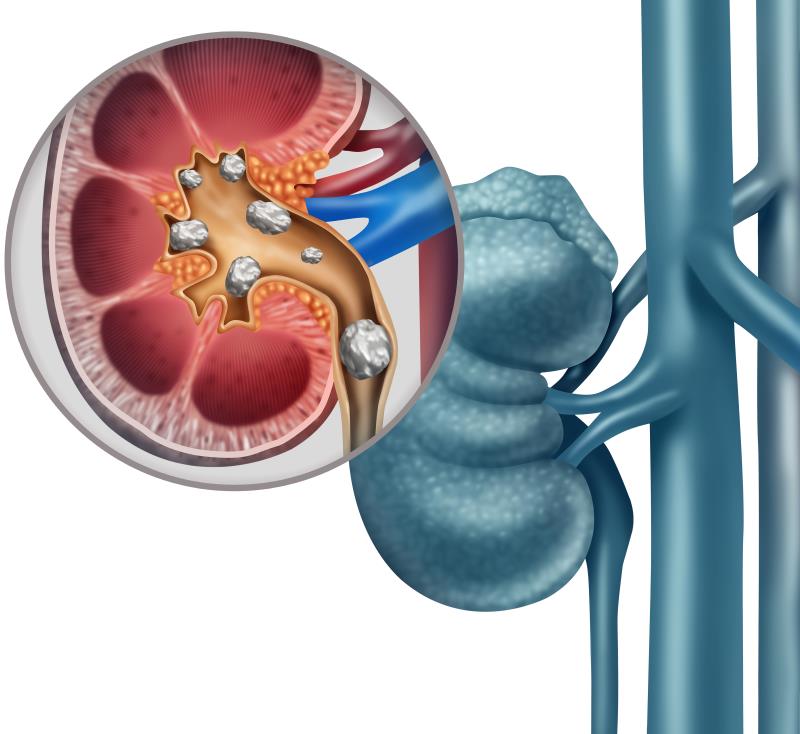
The alpha(α) 1A/1D-adrenoceptor blocker tamsulosin was an effective and safe agent for medical expulsion therapy (MET), generating high stone expulsion rates (SER) of distal ureteral calculi measuring <10 mm. However, this success may be at the expense of retrograde ejaculation, a meta-analysis has shown.
Almost all small ureteral stones (<5 mm) are expected to pass spontaneously, while those measuring between 5 and 10 mm have a 60-percent SER. [J Urol 2007;178:2418-2434; Eur Urol 2009;56:455-471] Given the potential of MET to improve this rate, the European Association of Urology and the American Urologic Association recommend α-adrenoceptor blocker therapy for the passage of ureteral stones measuring <10 mm. [Eur Urol 2016;69:468-474]
A pooled analysis of seven placebo-controlled studies (n=4,135) reflected a higher SER among tamsulosin vs placebo recipients with distal ureteral stones measuring <7 mm (odds ratio [OR], 1.10, 95 percent confidence interval [CI], 1.00–1.21) and <10 mm (OR, 1.11, 95 percent CI, 1.01–1.21). SERs ranged from 67.0 percent to 90.7 percent and from 69.0 percent to 87.0 percent for stones measuring <7 mm and <10 mm, respectively. [Urol J 2019;16:224-231]
These findings were consistent with previous evidence, suggesting that stone size was an important parameter for the prediction of MET success in patients with distal ureteral stones, said the researchers.
In terms of adverse events, no significant differences were observed between tamsulosin and placebo recipients in terms of dizziness (OR, 1.00; p=0.81), headache (OR, 0.91; p=0.98), or fatigue (OR, 1.21; p=0.94). However, a higher, though nonsignificant, rate of retrograde ejaculation was noted (OR, 1.57; p=0.57), which could be due to tamsulosin’s relaxing effect on the tone of the smooth muscles of the bladder neck, thereby reducing the proximal pressure to the verumontanum. [Transl Androl Urol 2017;6:295-304]
The need to establish the efficacy and safety of MET alternatives is also driven by patients’ preference, with most preferring MET over other treatment regimens for ureteral stones such as ureteroscopy and shock wave lithotripsy due to the latter’s costly and more invasive nature, they added.
Future investigations should look into the impact of factors that might affect SER (eg, compliance, exercise volume, and follow-up periods) to further validate the reliability of the findings, said the researchers. “High-quality multicentre, randomized controlled and placebo-controlled trials are necessary to thoroughly evaluate the outcome.”
The researchers also called for head-to-head studies to compare the efficacy and safety of tamsulosin against other MET alternatives (eg, silodosin) in this setting.